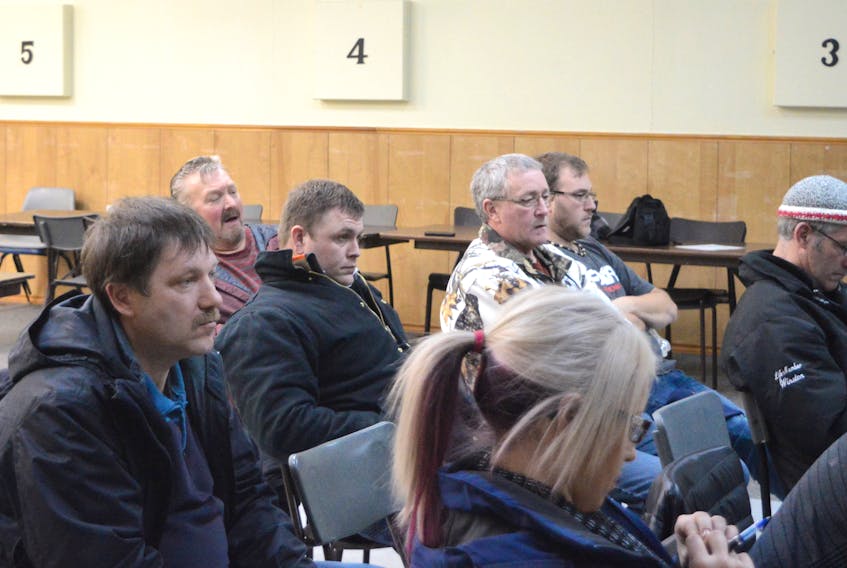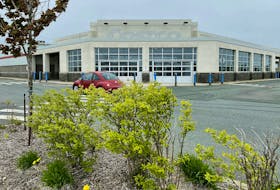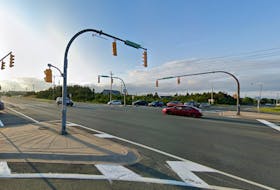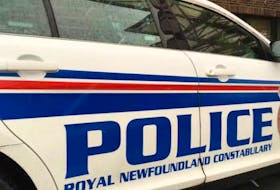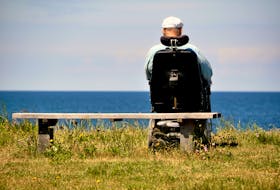Given the plentiful signs and successful catch rates, Herring Neck harvester Eldred Woodford says the reduction in last year’s cod quota was unnecessary.
“The fish was never so thick around here, not in my 40 years. I don’t say John Cabot seen it,” Woodford said. “You go back to the 1980s when fishermen were crying out to DFO that there’s no fish, nobody listened. Now we’re telling them there’s lots of fish and still nobody listens.”
The comment came during a meeting between harvesters, union representatives and the Department of Fisheries and Oceans (DFO) Tuesday, Feb. 12.
In the DFO’s ongoing discussions across the province, the state of the cod fishery remains the main area of debate and contention. At this meeting in Virgin Arm, cod took up an hour of the two-hours allotted for discussion.
Less than a dozen fishermen attended, as well as two representatives from Fish, Food and Allied Workers Union (FFAW) and FISH-NL president Ryan Cleary.
Call for 35,000 tonne quota
In light of the successful 2018 fishery, project co-ordinator for the FFAW Dwan Street, called for a quota increase of 35,000 metric tonnes for 2019 — considerably higher than the 9,500 metric tonnes previously set.
“The cut last year was completely unnecessary. It’s a very small amount of fish for people who are trying to survive,” she said. “35,000 metric tonnes would give us a solid fishery from July and up to December.”
The DFO was also criticized for a technical briefing they held in January on the limit reference point for northern cod.
During the presentation, a graph detailing the historical health of cod showed the stock above the critical zone in 1991, then taking a sudden nose dive to near extinction in 1992.
“Science is telling us there was way more fish in 1991 then there is now, anyone can tell you that’s ludicrous,” Street said. “Clearly there’s issues with the model and we have to start bridging the gap between what fishermen are seeing and what science is saying.”
David Small, DFO resource manager for the 3K fishing zone, says the department recognizes there needs to be adjustments made for future scientific assessments.
Overfishing
The risks of overfishing when dealing with small quotas was an issue voiced by several harvesters.

Moreton’s Harbour fisherman Winston Dearing says there was much “wharf talk” of boats exceeding their weekly limits.
“There was a lot of overrun,” he said. “I heard talk of it every week.”
A buddying up system to prevent overrun was suggested by Twillingate fisherman Richard Gillett. This would allow multiple quotas on a single vessel, and any overrun is given to other quotas rather than discarded entirely.
DFO area director for Grand Falls-Windsor, Ron Burton, acknowledged the difficulty in managing a small quota when catch rates are strong. But he says this system cannot be implemented unless quotas become significantly larger.
Recreational risks
The recreational fishery was also a heated topic of discussion.
“This recreational fishery has gotten out of hand,” Woodford said. “We’re only a small number now of commercial fishermen, but the only time the Irving station here runs out of gas is when that recreational fishery opens up.
“We’ve got to swallow control after control, and we’re asking for better regulation of that fishery.”
Several harvesters were in favour of an improved monitoring system for the recreational cod harvest, such as tags or licenses.
The DFO held other central meetings in Triton, New-Wes-Valley and Fogo. Burton says the discussions have been productive and he sees no reason why these meetings cannot continue in 2020.
Limit reference point
The limit reference point for northern cod, set at a biomass of 851,000 tonnes, will determine when the fishery is viable for large commercial quotas. At a technical briefing in January, the Department of Fisheries and Oceans stood by their current data and said the reference point will not be changed.
2018 cod assessment
In 2018, the Department of Fisheries and Oceans projected a 30 per cent decline in the biomass of cod which resulted in a quota cut to 9,500 metric tonnes. When the summer catch rates were strong across the board, DFO cut the quotas for harvesters in the fall fishery to ensure this 9,500 limit was not exceeded.

